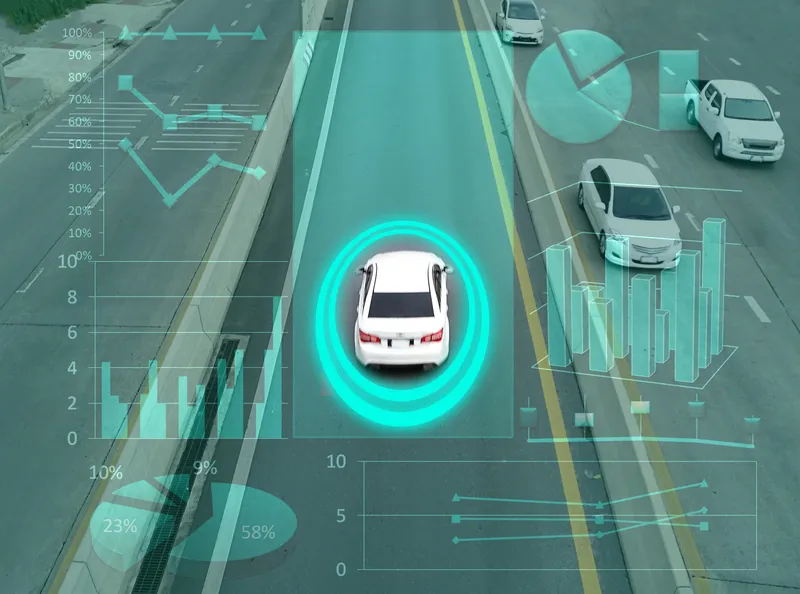Romec, one of the UK's largest facilities management companies, has improved the safety of its mobile workers after equipping 1,000 service vehicles with Masternaut satellite tracking.
January 30, 2012
Read time: 1 min
Romec staff.








